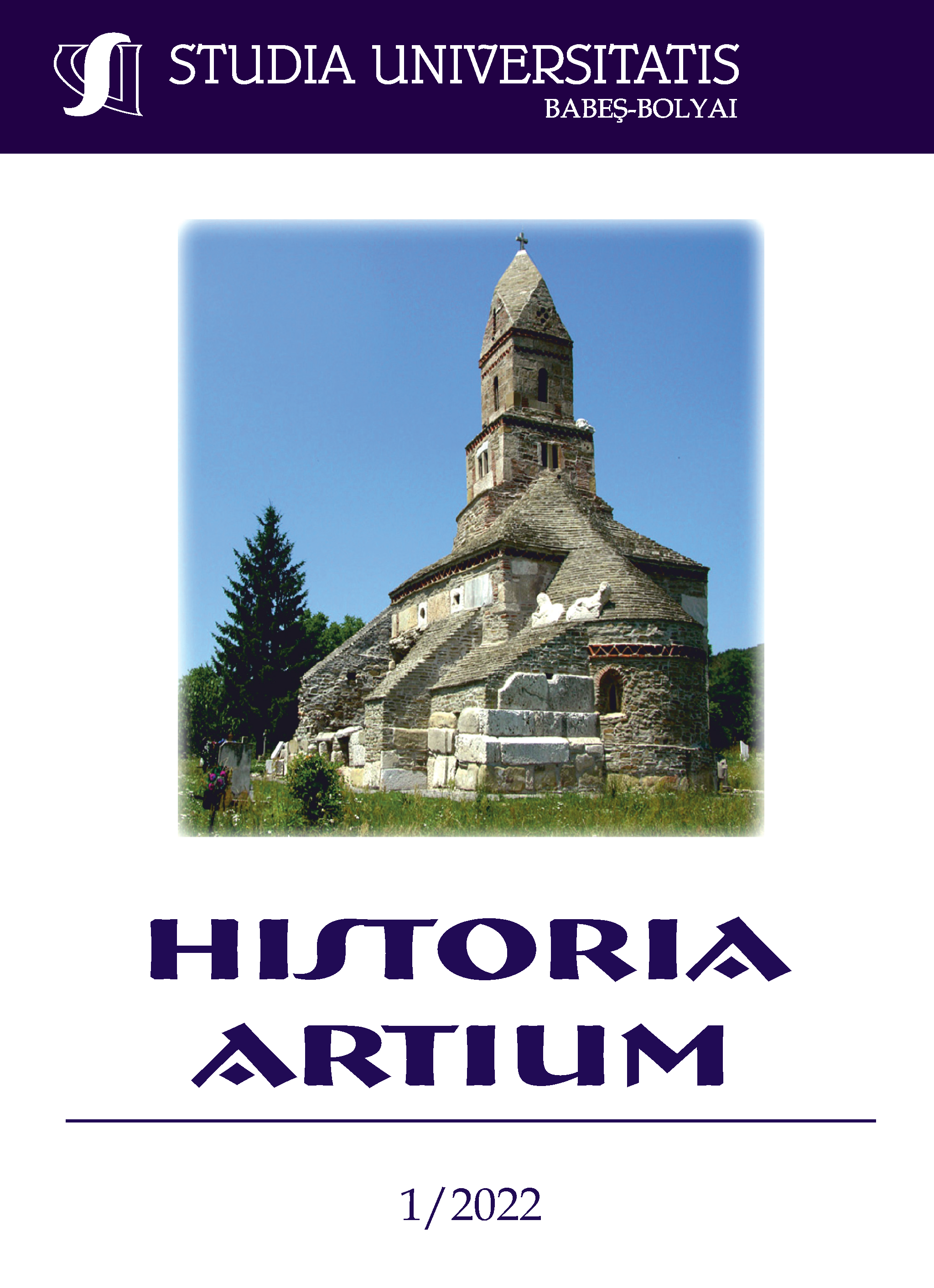FIGURI DE SFINȚI IERARHI IN ICONOGRAFIA ORTODOXĂ DE SECOL XIV ÎN SPAȚIUL ROMÂNESC
FIGURES OF HOLY HIERARCHS IN THE FOURTEENTH CENTURY ORTHODOX ICONOGRAPHY IN THE ROMANIAN SPACE
Author(s): Teodora SmulteaSubject(s): Christian Theology and Religion, Customs / Folklore, History of Church(es), Local History / Microhistory, Cultural Anthropology / Ethnology, 13th to 14th Centuries, History of Art
Published by: Studia Universitatis Babes-Bolyai
Keywords: Transylvania; Wallachia; XIV century; clothing types; cultural interference; Balkan countries; Constantinople; the West;
Summary/Abstract: The present study aims to establish cultural interconnections both between Wallachia and Transylvania and between them and the areas of Eastern and Western artistic influence, with the aim of identifying the transfer of clothing models from one cultural area to another, as well as to identify the reason behind the implementation of some of the figures of hierarchs in the mural theme of some of the churches. The paper notes several types of hierarchical figures organized according to the type of clothing and the context in which they are depicted. The representations of the holy hierarchs in the 14th century fresco reveal political, confessional and cultural links internally between the Romanian Countries, but especially externally, between them and the Western-Italian and Eastern-Constantinopolitan and Balkan areas. The origins of the hierarchical models reveal not only the areas of artistic influence but also a desire to affirm the newly established orthodox metropolitanates church and principalities in the Romanian Countries by adopting a predominantly monastic iconographic canon, as confessional validation in the face of Catholic proselytism.
Journal: Studia Universitatis Babes Bolyai - Historia Artium
- Issue Year: LXVII/2022
- Issue No: 1
- Page Range: 65-90
- Page Count: 26
- Language: Romanian

